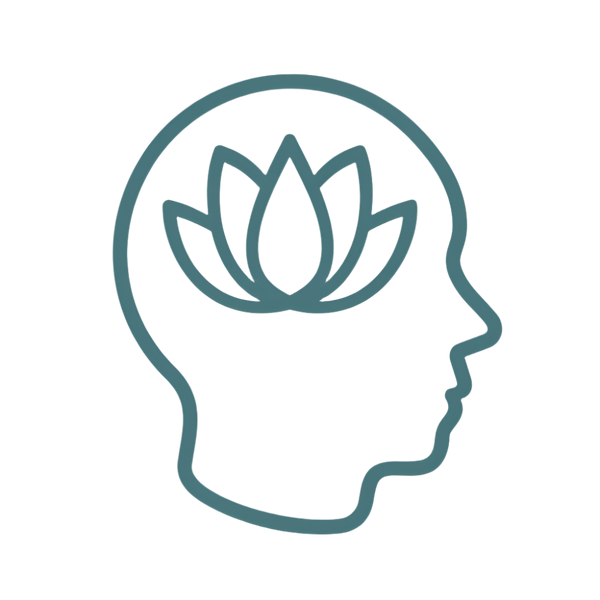
ADHD and Overstimulation: Why Your Brain Feels Like It's on Overdrive
Share
Living with ADHD can sometimes feel like your brain is running on high speed with no brakes. The world around you becomes overwhelming, sounds seem louder, lights feel brighter, and even simple tasks can feel impossible. This intense reaction to sensory input is called overstimulation, and it’s a common challenge for people with ADHD.
But why does it happen, and how can you find relief when it feels like everything is just too much? Let’s explore the science behind ADHD overstimulation and some practical strategies to bring calm back into your day.
Why ADHD Brains Are Prone to Overstimulation
People with ADHD often have differences in how their brains regulate sensory input. The prefrontal cortex, which helps with decision-making and emotional regulation, may struggle to filter out unnecessary information. Instead of tuning out background noise or ignoring flashing lights, an ADHD brain might register it all at once, leading to a sense of overwhelm.
Stress, fatigue, and even excitement can intensify this experience, making it harder to stay focused or relaxed. When overstimulation kicks in, the body can enter a fight-or-flight response, leaving you feeling anxious, restless, or completely shut down.
Common Triggers of Overstimulation
-
Noise Overload: Crowded places, constant conversations, or loud music.
-
Visual Clutter: Bright lights, messy environments, or too many screens.
-
Social Situations: Large gatherings, networking events, or busy family dinners.
-
Task Switching: Rapidly moving from one activity to another without breaks.
-
Emotional Stress: Managing big emotions or navigating challenging conversations.
How to Manage ADHD Overstimulation
The good news is that there are ways to regulate your environment and calm your nervous system when overstimulation strikes. Here are a few strategies to try:
✅ Create a Calming Space: Designate a low-stimulation area at home. Keep it clutter-free, use soft lighting, and add sensory-friendly items like a weighted blanket for immediate relief.
✅ Use Deep Pressure Stimulation: Weighted blankets provide gentle, consistent pressure that helps regulate your nervous system. They’re a simple yet powerful way to reduce anxiety and promote relaxation.
✅ Noise Management: Noise-canceling earbuds or calming white noise machines can block out overwhelming sounds, giving your brain a break from sensory overload.
✅ Practice Grounding Techniques: Try the 5-4-3-2-1 method—name five things you see, four things you can touch, three things you hear, two things you smell, and one thing you taste. This can shift focus away from sensory overwhelm.
✅ Schedule Sensory Breaks: Give yourself time to decompress after overstimulating experiences. Take a walk, sit in a quiet room, or wrap yourself in a weighted blanket to reset.
Find Calm in the Chaos
Managing ADHD overstimulation is about recognizing your limits and creating strategies that work for your unique needs. Incorporating calming tools, like a premium weighted blanket, can provide immediate comfort and relaxation.
Ready to experience the soothing power of deep pressure stimulation? Explore our premium weighted blankets designed to bring calm to ADHD minds.
